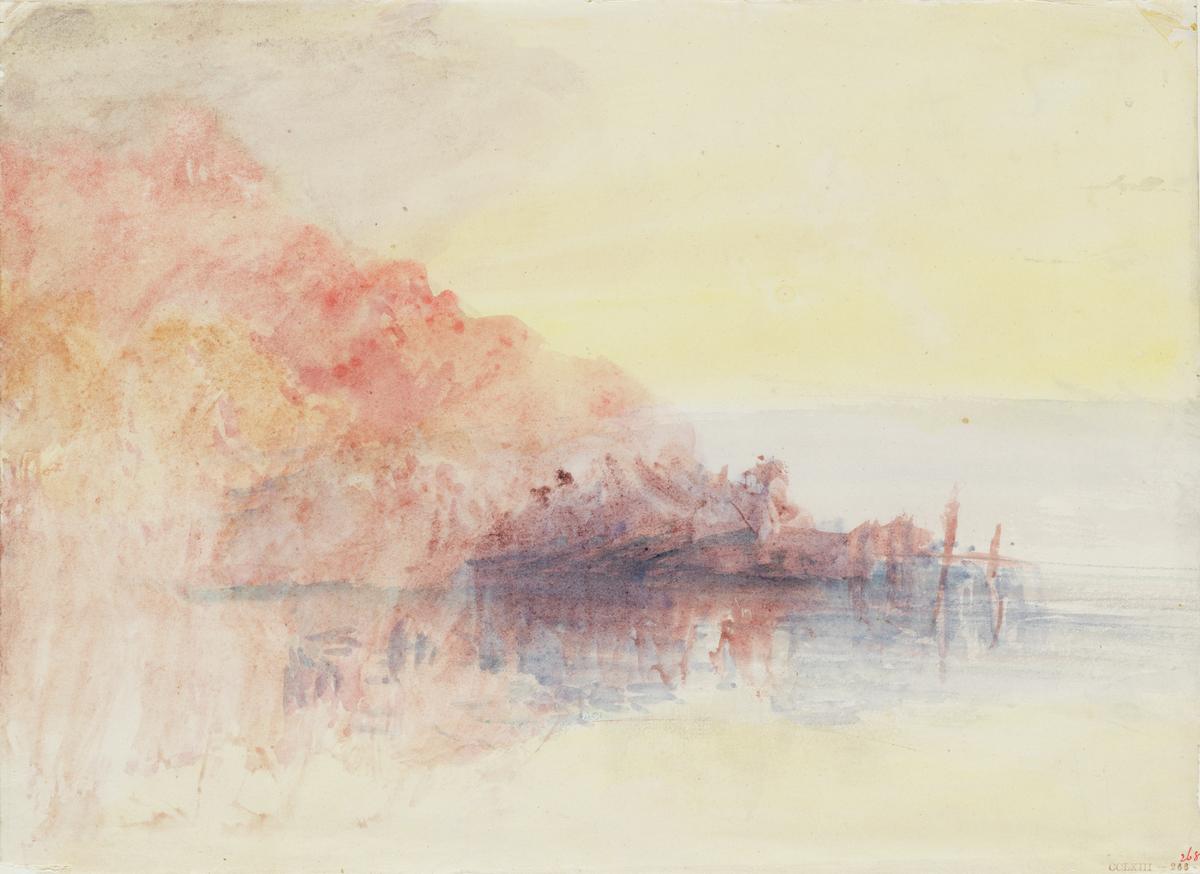1820
A.J. Finberg, A Complete Inventory of the Drawings of the Turner Bequest, London 1909, vol.II, p.834, CCLXIII 268, as ‘On the Lake of Lucerne (?)’, c.1820–30.
1975
Gerald Wilkinson, Turner’s Colour Sketches 1820–34, London 1975, p.109, as ‘Lake Lucerne?’, reproduced in colour.
1997
Eric Shanes, Turner’s Watercolour Explorations 1810–1842, exhibition catalogue, Tate Gallery, London 1997, pp.30, 98 Appendix I ‘Ideal (Italianate) Landscapes’, 100 Appendix I ‘Oil Paintings?’.
1820
Nathalie Lebrun, Nicola Moorby and Christine Boyer Thiollier, J.M.W. Turner (1775–1851); F.A. Ravier (1814–1895): Lumières partagées: Aquarelles, exhibition catalogue, Maison Ravier, Morestel 2007, reproduced in colour p.[56], p.92 no number, as ‘?On the Lake of Lucerne’, c.1820–30.

